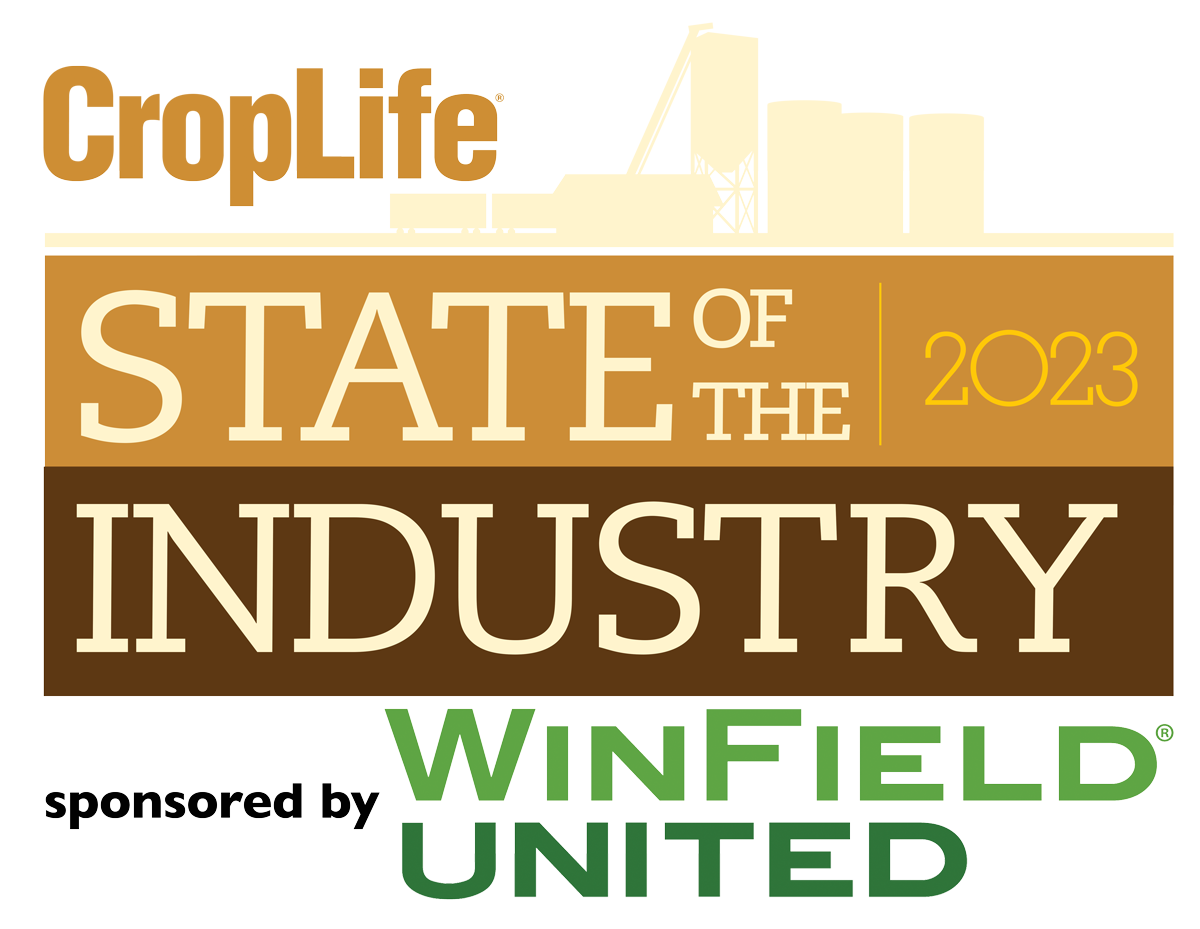Will Disruptive Forces Finally Catch Up to the Fertilizer Market in 2023?

When observers look at today’s fertilizer market, they will have to be forgiven for being a little confused. Thinking back to early part of 2022, most analysts discussing the fertilizer market outlook for the year harkened back to the classic tale of “Chicken Little” — predicting the sky would soon fall, so to speak.
“The current farm safety net is not designed to address these types of rapid production cost increases,” wrote Joe Outlaw, Co-Director for the Agricultural and Food Policy Center at Texas A&M University, in an early 2022 report looking at the 100%-plus price spikes being recorded for fertilizer at the time. “This continues to be a growing concern for farmers across the country, creating an emerging need for assistance.”
Many ag retailers agreed with this view. “[We are] slightly negative,” Joe Kilgus, Director of Sales & Marketing Crop Nutrients, GROWMARK Inc., Bloomington, IL, said of the company’s fall forecast back in September 2022. “High prices proved demand destruction was real last year and could continue at these elevated price levels. Risk is higher for everyone in the channel and farmgate economics have soured with the recent downturn in commodity prices.”
However, a funny thing happened to fertilizer between as 2022 drew to a close — the marketplace performed quite well. Better than well, actually. In fact, according to data compiled in the 2022 CropLife 100 survey of the nation’s top ag retailers, overall fertilizer sales topped $23.4 billion, an increase of 53% from the 2021 market total. Furthermore, even though many ag retailers were paying more to obtain fertilizer for their grower-customers, their profitability levels remained high. Indeed, 77% of CropLife 100 ag retailers reported their overall profits levels were higher than during 2021, an improvement of 7% from the previous year’s survey percentage.
The Outlook for 2023
So, with a better-than-expected outcome for the fertilizer market during the volatile times that largely defined 2022, can the industry expect more of the same in 2023? Or will disruptive market forces finally catch up with the outlook for fertilizer?
Unfortunately, many of the myriad so-called “black swan” events that caused fertilizer prices to climb significantly during 2022 remain in place. Chief among these, of course, is the ongoing conflict between Russia and Ukraine. According to The Fertilizer Institute, Russia accounts for 23% of the world’s ammonia exports, 14% of urea exports, 10% of processed phosphate exports, and 21% of potash exports.
“The global potash market is in no way settled and huge amounts of uncertainty persist,” observed Samuel Taylor, Executive Director, RaboResearch, at Rabobank, in a webinar discussion. “There could be more problems going into [this] year.”
In addition to geopolitical instability, the persistent supply chain disruptions that have dogged the fertilizer market (and many others as well) since 2020 remain a concern. Although the industry has managed to avoid a railroads workers strike (twice since early September 2022), record low water levels on major U.S. rivers has significantly slowed (or completely stopped) barge traffic. Furthermore, most market watchers report that the shortage of certified driver licenses (CDLs) for the trucking industry translates to a shortfall of drivers in the 80,000 range.
Yet, despite all this, some fertilizer market watchers have a bullish outlook for the industry in 2023. For one thing, analysts speculate that much of the lost Russian-supplied fertilizer could be at least partially offset by new capacity coming from North American-based sources. For example, one year ago now, Canadian-based Fox River Resources announced that it was finalizing the preliminary economic assessment for a phosphate project in Martison, Ontario. Once opened, this mine would be capable of producing 4 million tons of phosphate ore.
At least one market analyst, Bruno Fonseca, Senior Analyst — Farm Inputs at Rabobank, is hopeful for the market this upcoming growing season.
“But for 2023, we can expect things to settle somewhat,” Fonseca said in a recent market report. “Current price trends and volatility are in line with a three-year cycle of peaks. If history is to be believed — especially trends observed following the 2008 Global Financial Crisis — then prices should come down in the coming months.”






